As we become increasingly aware of environmental issues, it is essential to distinguish fact from fiction regarding our buzzing friends. Let’s delve into five common myths about bees and uncover the truth behind these fascinating creatures.
Myth 1: All Bees Sting
Reality: Not all bees can sting, and bees aren’t the only crucial pollinators! Let’s explore this fascinating world of pollinators:
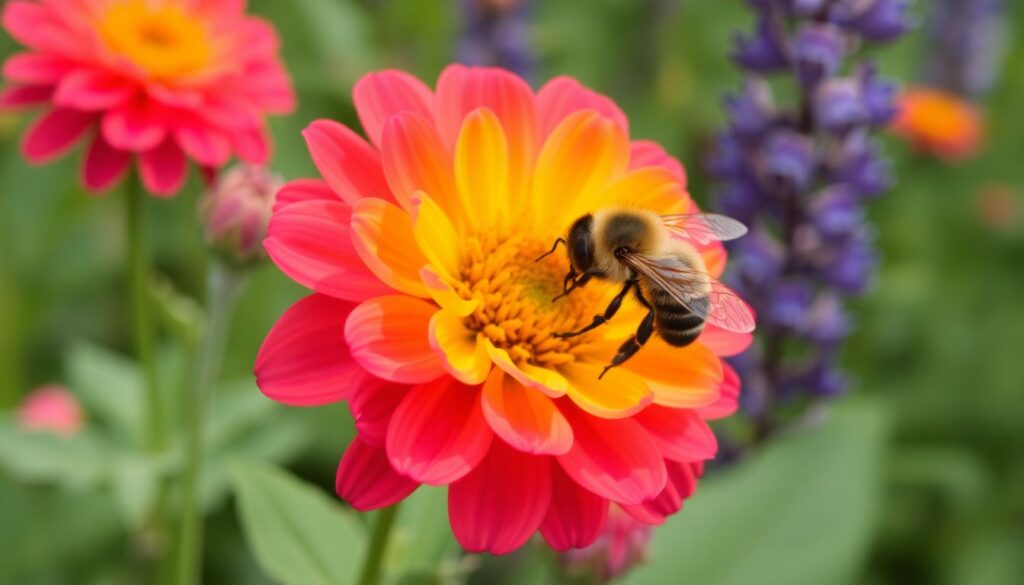
Stingless Bees: Nature’s Gentle Pollinators
Many bee species are actually stingless. The sugarbag bee (Tetragonula carbonaria), found in Australia, is a prime example of a stingless species, known for its unique spiral-shaped hives.
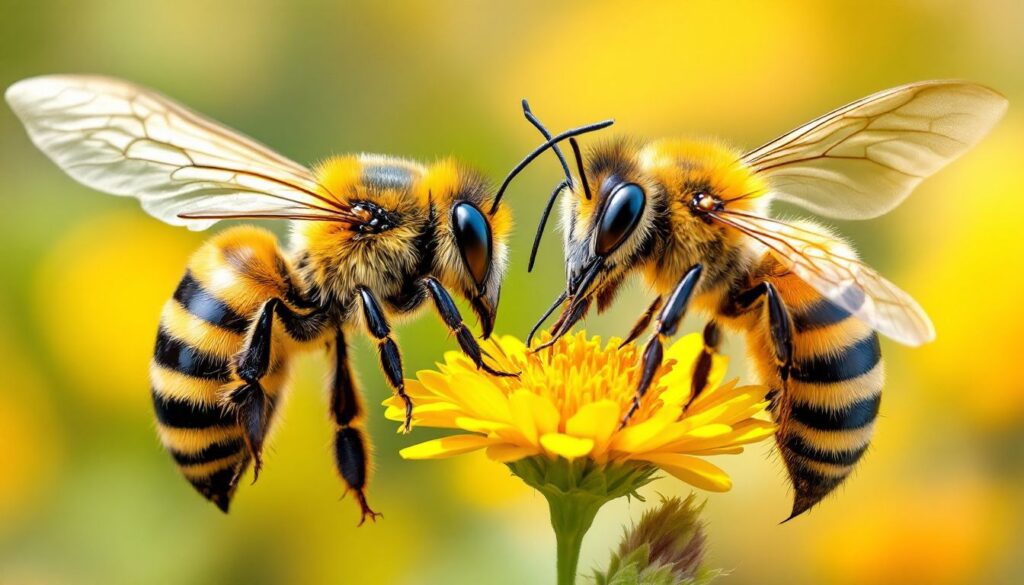
Male Bees: The Stingless Workforce
Even in species that can sting, like honeybees, only females possess this ability. Male bees, known as drones, don’t have stingers at all.
Defensive Behavior: Understanding Bee Stings
Contrary to popular belief, bees are not inherently aggressive creatures. But really, they typically only sting as a last resort to defend themselves or their hive. Let’s delve deeper into bee behavior and stinging mechanisms:
- Peaceful Nature: First and foremost, bees are generally peaceful insects, preferring to focus on their vital role as pollinators rather than engaging in confrontations.
- Defensive Mechanism: However, when threatened, bees will use their stinger as a defensive tool. This behavior is crucial for protecting their colony and ensuring the survival of their species.
- One-Time Use: Interestingly, honeybees can only sting once. Their barbed stinger remains in the victim, causing the bee to die after stinging. This underscores the fact that stinging is truly a last resort for these insects.
- Pheromone Release: Moreover, when a bee stings, it releases alarm pheromones. These chemical signals alert other bees to potential danger, potentially triggering a collective defensive response.
- Species Variation: It’s worth noting that not all bee species have the same stinging capacity. For instance, male bees (drones) lack stingers entirely, while some species, like the stingless bees, have evolved without this defensive mechanism.
- Human Interaction: Importantly, most bee stings occur when people accidentally step on bees or disturb their hives. By being aware of our surroundings and respecting bee habitats, we can significantly reduce the risk of stings.
- Allergic Reactions: While bee stings can be painful, they’re generally harmless to most people. However, for those with bee venom allergies, a sting can be serious or even life-threatening, necessitating immediate medical attention.
By understanding these facts about bee behavior and stinging mechanisms, we can better appreciate these crucial pollinators and coexist more harmoniously with them in our environment. Remember, bees play a vital role in our ecosystem, and their defensive behavior is simply a natural survival mechanism, not an act of aggression.

The Pollinator Panorama: Beyond Bees
While bees are important pollinators, they’re not alone. Butterflies, moths, birds (like hummingbirds), bats, and even some beetles play crucial roles in pollination:
- Butterflies: Pollinate wildflowers like asters, black-eyed Susans, and coneflowers. Crucial for milkweed pollination, especially Monarch butterflies.
- Moths: Night-blooming flowers like evening primrose and moonflower rely on moths. Yucca plants are exclusively pollinated by yucca moths.
- Hummingbirds: Pollinate trumpet-shaped flowers like cardinal flower and columbine. Essential for many wildflowers in North and South America.
- Bats: Pollinate agave and cacti in desert ecosystems. Crucial for pollinating durian and mangoes in tropical regions.
- Beetles: Pollinate magnolias and water lilies. Some species of palm trees rely on beetle pollination.

Supporting All Pollinators: The Bloomer Approach
Bloomer is revolutionizing the smoking accessory industry with eco-friendly filter tips. These unique products not only enhance the smoking experience but also contribute to environmental conservation.
- Seed-Infused Tips: Each Bloomer filter tip contains a mix of native, non-invasive wildflower seeds.
- Biodegradability: Unlike some synthetic filters, Bloomer tips are fully biodegradable.
- Raising Awareness: By using these products, consumers are reminded of the importance of pollinators in our ecosystem 🐝.
- Supporting Bee-Friendly Practices: Bloomer’s mission includes planting bee-friendly wildflowers, contributing to pollinator habitats.

Myth 2: Bees Are Pests
Reality: Far from being pests, bees are essential pollinators crucial for our ecosystem and food supply. They pollinate about 75% of global crops, including fruits, vegetables, and nuts. Without bees, our diets would be significantly less diverse and nutritious.
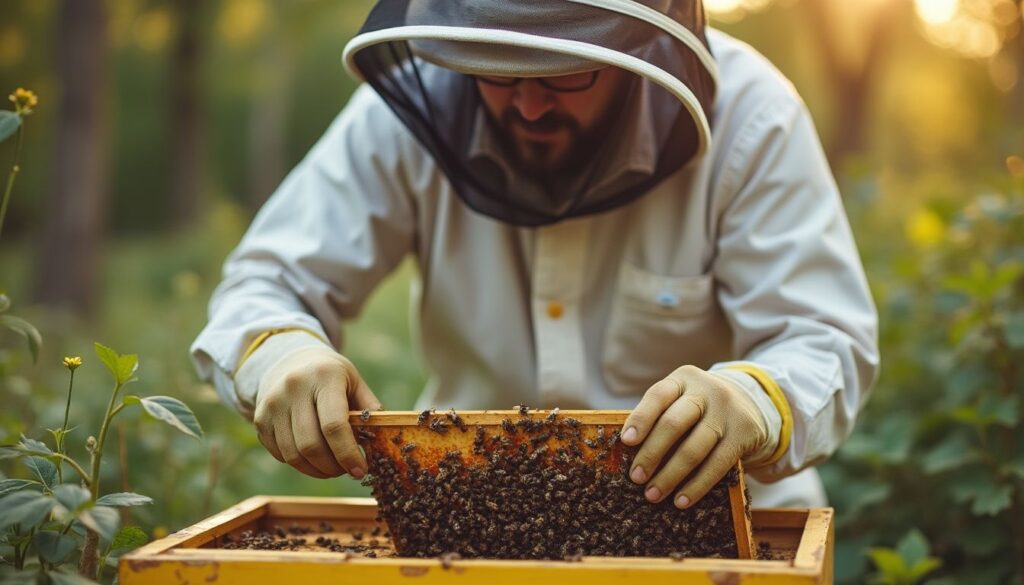
Myth 3: All Bees Make Honey
Reality: While honeybees are famous for their honey production, they’re just one of over 20,000 bee species worldwide. Many wild bees, such as mason bees and leafcutter bees, are solitary and don’t produce honey at all. These bees are still vital pollinators for our ecosystems.

Myth 4: Bees Are Aggressive
Reality: Bees are generally docile creatures that prefer to go about their business undisturbed. They don’t seek out confrontations with humans. Most bee species are solitary and have little interest in human activity. Even social bees like honeybees only become defensive when they perceive a threat to their hive.
Myth 5: Using Pesticides Is the Best Way to Control Bees
Reality: The Dangers of Pesticides to Bees and Ecosystems
Pesticides can harm beneficial insects, including bees, and disrupt entire ecosystems. Instead of resorting to these harmful chemicals, consider eco-friendly alternatives. Pesticides not only directly harm bees but also contaminate pollen and water sources, affecting their health and population growth. Moreover, they can remove important floral resources and impact the reproduction, navigation, and memory of bees. For instance, if you’re a smoker, using biodegradable filter tips like those from Bloomer can help reduce environmental impact and protect pollinators. Additionally, biological control techniques and integrated pest management (IPM) strategies offer safer and more sustainable ways to manage pests without harming bees.
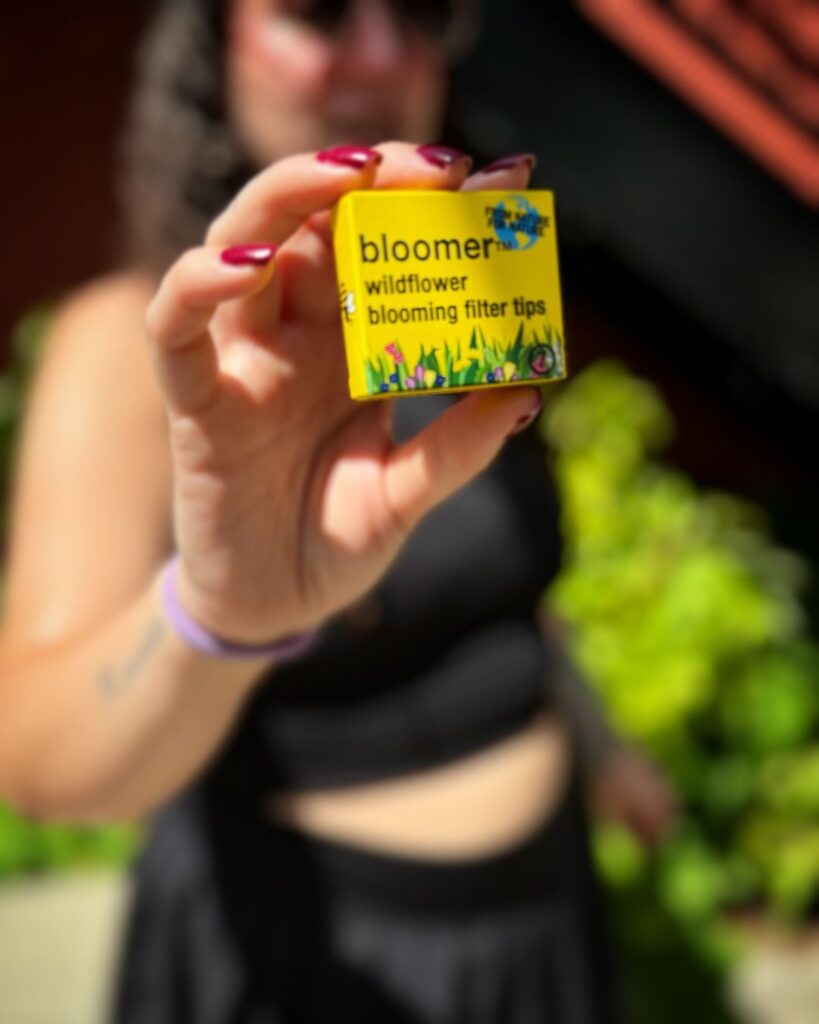
How You Can Help Bees
Now that we’ve cleared up these myths, here are some ways you can support bee populations:
- Plant bee-friendly flowers in your garden.
- Avoid using pesticides in your yard.
- Support local beekeepers by buying local honey.
- Create a bee bath with shallow water for bees to drink.
- Use eco-friendly products like Bloomer filter tips to reduce environmental impact.
By understanding the truth about bees and making small changes in our daily lives, we can all play a part in protecting these vital pollinators. Remember, every action counts – whether it’s planting a flower or choosing environmentally friendly products like Bloomer filter tips.
Ready to make a positive impact? Visit Bloomer’s store and use code AMBASSADORBLOOMER for a special discount on eco-friendly filter tips. Together, we can create a better environment for bees and all pollinators! Share your experience with #Ilovebloomer #Abloomer and show off your tips!
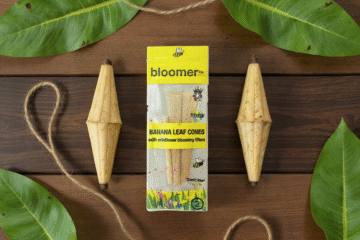
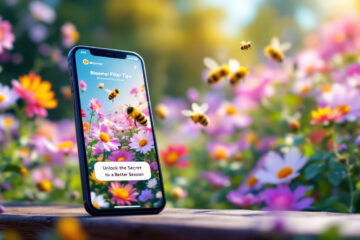

0 Comments